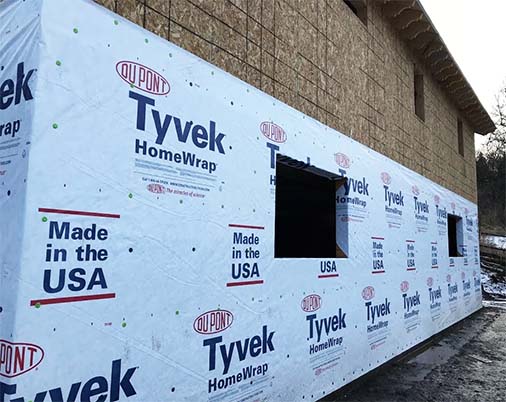What’s in a name? If the name is Tyvek by DuPont™, the answer is “Plenty!”
DuPont has dramatically changed the way we live as many products we use on a daily basis come from DuPont. When it comes to the home building sector DuPont is a standout name.
DuPont has slowly and quietly snuck its way into so many industries and that includes the homebuilding sector. Although you don’t really see the DuPont logo when you drive by a home under construction in your neighborhood you will clearly notice workers wrapping it with the word Tyvek® onto the frame?
All HomeWrap products are all designed for one purpose in mind and that is to keep a residence comfortable, efficient, and problem-free. But not all of these products do the same job. Some are better than others and are therefore more expensive. Tyvek is the best and is, therefore, the most expensive. Many competitors have tried to duplicate the Tyvek product and some have come close but they fall short. In Wisconsin, Tyvek is used the most but in other states, you may don’t really need that much weather protection and a lesser product would work just fine.
All HomeWrap Systems are not created like Tyvek.
That was one of the overwhelming comments I discovered when researching HomeWraps and the differences are remarkable. Some systems are good but Tyvek is outstanding. That’s the driving component when searching for a Home Wrap.
Zip System is a competitor of Tyvek and it includes two main components; the Zip System® sheathing panels and the Zip System® tape. The panels are made up of OSB wood structural sheathing with an exterior facer of medium density phenolic-impregnated polymer-modified material.
Tyvek HomeWrap is made up of olefin sheets that are manufactured from high-density polyethylene fibers. These sheets are non-woven and non-perforated and are manufactured by the material being flash spun-bonded using heat and pressure to create sheets of various sizes. Tyvek also makes a taping product for seams.
There are many pros and con’s for both systems but my research shows that Tyvek is the clear winner when comparing their product to all the others. In Wisconsin with a wide variety of awful weather fluctuations, Tyvek is much easier to work with and the homeowner can justify the price difference.
One of the main selling points of Tyvek HomeWrap is the way that it allows moisture from inside the home to escape while protecting it from water from the outside from getting in. DuPont’s focus is in the chemical realm; they have used their engineering and research abilities to develop a film that covers Tyvek.
Here are some other selling points of Tyvek.
- Tyvek can be applied over open studs.
- Seam are lapped and not butted.
- Windows and door heads are lapped and not butted.
I’m sure you’re thinking what I was when I discovered that Tyvek allows the moisture to escape and keeps water from getting in. Don’t they all do that? Yes, they do, but Tyvek does it so much better than the others. Check-out the short video example below where a side by side comparison is performed.
this is a test

